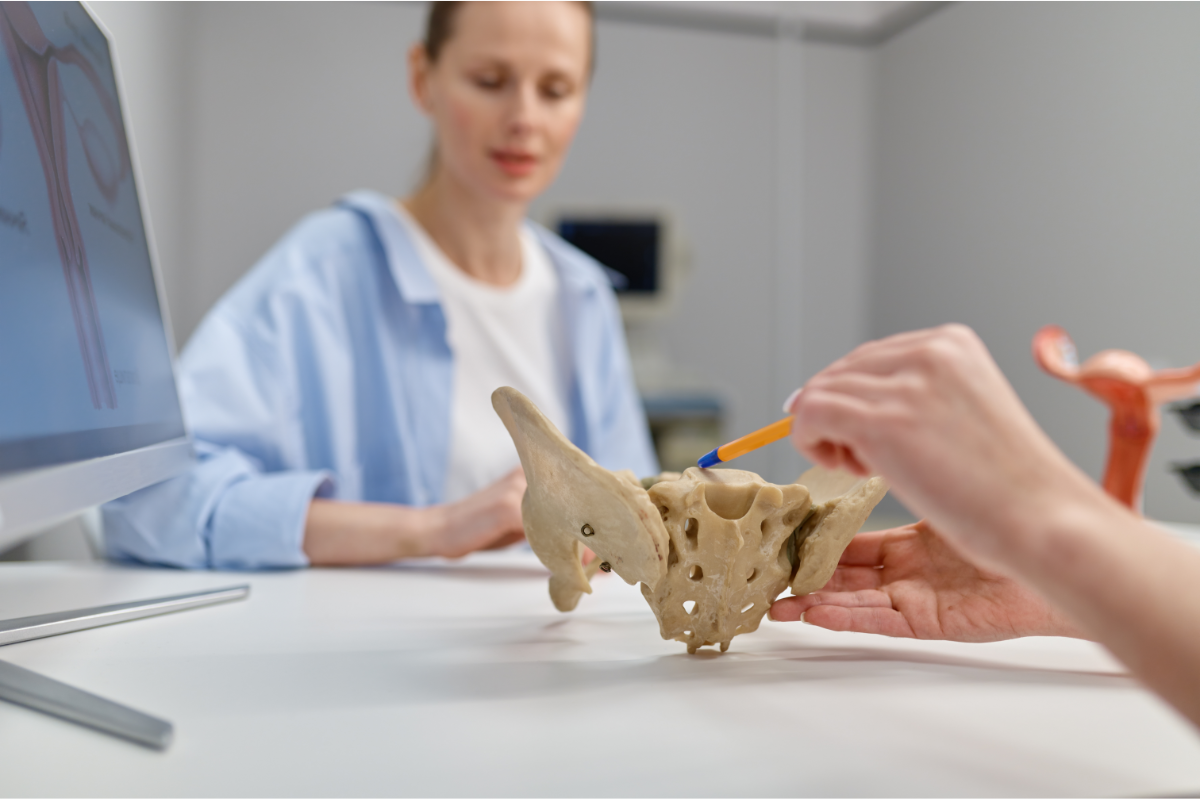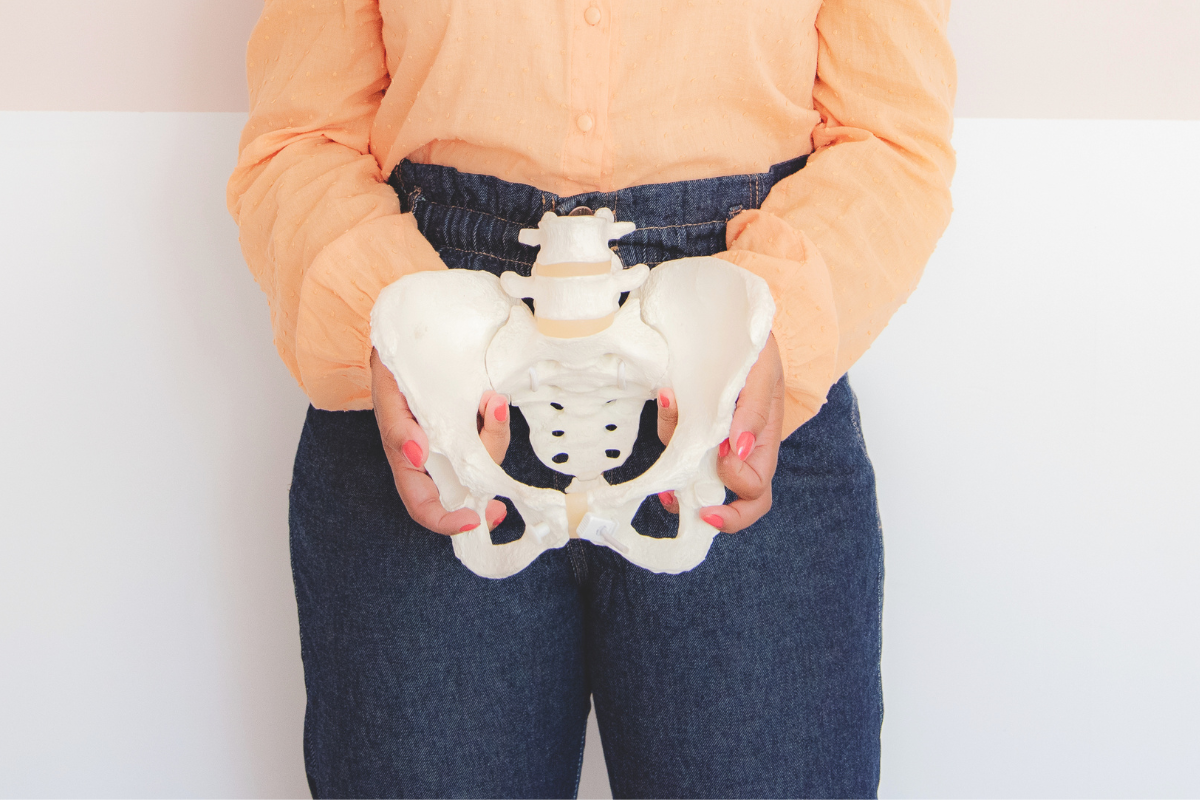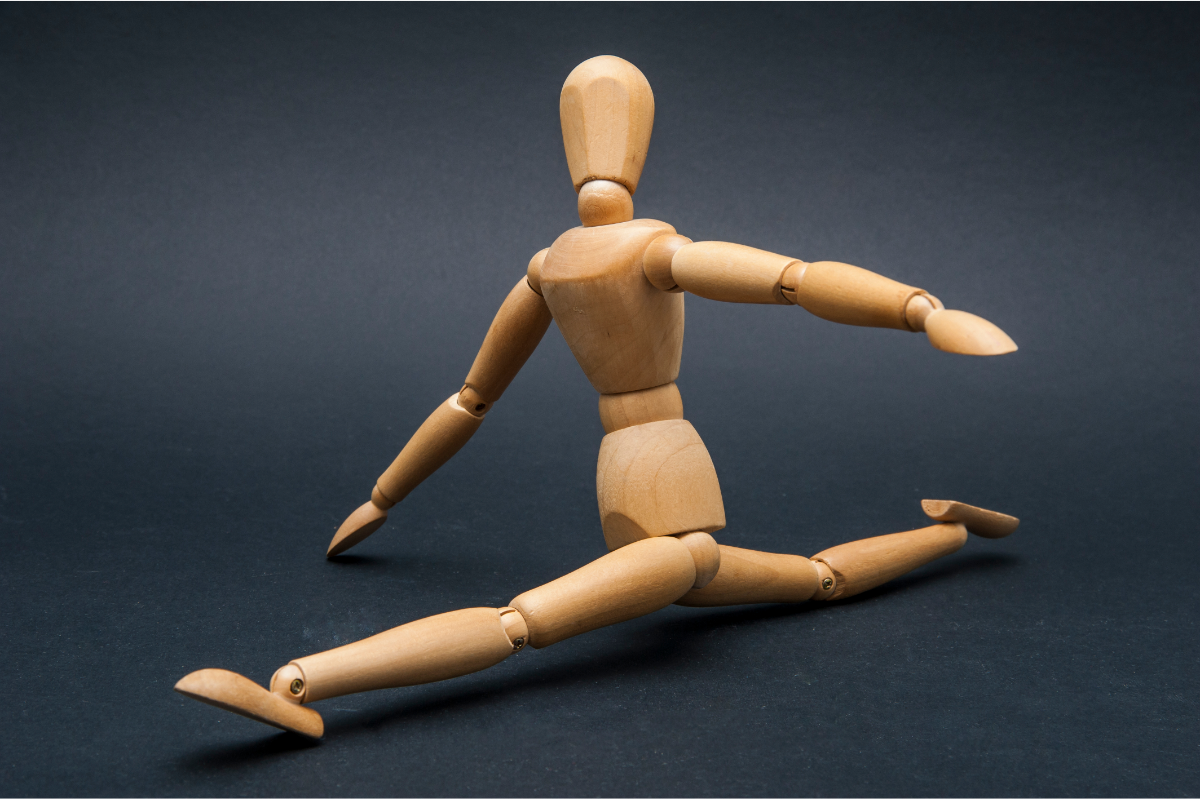What is the purpose of strengthening the pelvic floor in quality of life?
The pelvic floor is a complex network of muscles, ligaments, and tissues that span the bottom of the pelvis, supporting the bladder, intestines, and uterus (in women). This crucial area not only plays a vital role in various bodily functions, including bladder and bowel control, but also contributes significantly to sexual health and overall stability. Despite its importance, many individuals are unaware of the pelvic floor’s function and the impact it has on daily life.
The Importance of Pelvic Floor Health in Overall Well-Being
Maintaining a healthy pelvic floor is essential for overall well-being. Weakness or dysfunction in these muscles can lead to a range of issues, such as urinary incontinence, pelvic pain, and sexual dysfunction. Such problems can severely affect quality of life, causing emotional distress and limiting physical activity. Moreover, pelvic floor health is particularly significant during key life stages, such as pregnancy, postpartum recovery, and menopause, where hormonal and physical changes can further weaken this area.
Strengthening the pelvic floor can yield numerous benefits. Improved muscle tone not only enhances bladder and bowel control but also boosts sexual satisfaction and provides better core stability, which is crucial for maintaining good posture and preventing injury. Therefore, understanding and prioritizing pelvic floor health can lead to improved overall quality of life, empowering individuals to engage fully in daily activities without the burden of pelvic floor-related issues.
As we delve deeper into the topic of pelvic floor strengthening, we will explore its benefits, exercises, and the vital role it plays in enhancing one’s quality of life.
What is Pelvic Floor Strengthening?
Pelvic floor strengthening involves exercises aimed at enhancing the strength and function of the pelvic floor muscles. These muscles are responsible for supporting the pelvic organs and play a key role in bodily functions such as bladder control and sexual function. Strengthening these muscles can lead to improved physical health, as well as psychological well-being, by reducing the risk of conditions associated with a weakened pelvic floor.
Common Issues Related to Weak Pelvic Floor Muscles
Weak pelvic floor muscles can lead to several health issues, including:
- Urinary Incontinence: Involuntary leakage of urine during activities like coughing, sneezing, or exercising.
- Fecal Incontinence: Difficulty controlling bowel movements, which can lead to embarrassment and social withdrawal.
- Pelvic Organ Prolapse: A condition where pelvic organs, such as the bladder or uterus, drop from their normal position due to weakened muscles.
- Chronic Pelvic Pain: Discomfort or pain in the pelvic region that can result from muscle dysfunction.
Recognizing these issues is the first step toward effective intervention and management.
Benefits of a Strong Pelvic Floor
- Improved Bladder and Bowel Control: Strengthening pelvic floor muscles can significantly reduce instances of incontinence, leading to greater confidence in daily activities.
- Enhanced Sexual Function and Pleasure: A strong pelvic floor can enhance sexual sensation, improve arousal, and contribute to better sexual experiences for both partners.
- Increased Core Stability and Support: The pelvic floor works in tandem with the abdominal and back muscles to provide core stability. A strong pelvic floor can alleviate lower back pain and enhance overall physical performance.
Pelvic Floor Exercises: Types and Techniques
There are several effective techniques for strengthening the pelvic floor:
- Kegel Exercises: These involve contracting and relaxing the pelvic floor muscles. To perform Kegels, identify the correct muscles (those used to stop urination), contract them for 5 seconds, then relax for 5 seconds. Aim for three sets of 10 repetitions daily.
- Biofeedback and Electrical Stimulation: These methods use specialized equipment to help individuals gain awareness of their pelvic floor muscles and enhance their control over them.
- Physical Therapy Approaches: Working with a pelvic floor physical therapist can provide personalized exercise programs and manual therapy techniques tailored to individual needs.
The Role of Pelvic Floor Strengthening in Different Life Stages
- During Pregnancy and Postpartum Recovery: Strengthening pelvic floor muscles can prepare the body for childbirth and help recover from delivery. It can also reduce the risk of postpartum issues such as incontinence and pelvic pain.
- Aging and Menopause Considerations: Hormonal changes during menopause can lead to weakened pelvic floor muscles. Regular strengthening exercises can mitigate these effects, improving bladder control and sexual health.
- Impact on Men’s Health: Men are often less aware of pelvic floor issues, but they can experience problems such as erectile dysfunction and incontinence. Pelvic floor exercises can provide benefits in these areas as well.
Lifestyle Factors That Influence Pelvic Floor Health
- Nutrition and Hydration: A balanced diet and adequate fluid intake are crucial for maintaining pelvic health. High-fiber foods can prevent constipation, reducing strain on the pelvic floor.
- Exercise and Weight Management: Regular physical activity can help maintain a healthy weight, reducing pressure on the pelvic floor muscles. Low-impact exercises like walking, swimming, and cycling are often recommended.
- Stress Management Techniques: Stress can contribute to pelvic floor dysfunction. Techniques such as yoga, mindfulness, and deep breathing can help alleviate stress and promote relaxation.
Integrating Pelvic Floor Strengthening into Daily Life
- Creating a Routine: Incorporate pelvic floor exercises into daily activities, such as during commuting or watching television. Consistency is key to seeing results.
- Setting Realistic Goals and Tracking Progress: Establish achievable goals for your pelvic floor strengthening journey and track improvements, which can motivate continued practice.
When to Seek Professional Help
- Signs That Indicate a Need for Assessment: Persistent pelvic pain, incontinence, or other related issues warrant a consultation with a healthcare professional.
- Finding the Right Healthcare Provider: Look for specialists in pelvic health, such as urologists, gynecologists, or physical therapists, who can provide targeted advice and treatment options.
By understanding the significance of pelvic floor strengthening and taking proactive steps, individuals can significantly enhance their quality of life and well-being.
The Lasting Impact of Pelvic Floor Health on Quality of Life
Maintaining strong pelvic floor muscles is essential for overall health and well-being. These muscles play a crucial role in supporting vital organs, preventing incontinence, and enhancing sexual function. Neglecting pelvic floor health can lead to various issues that may significantly affect one’s quality of life, including discomfort, reduced mobility, and emotional distress. By prioritizing pelvic floor health, individuals can improve their physical capabilities and foster a greater sense of control over their bodies.
Encouragement to Prioritize Pelvic Floor Strengthening
It’s vital to integrate pelvic floor exercises into your daily routine, regardless of age or gender. Simple practices, such as Kegel exercises, can be performed discreetly and require minimal time. Engaging in these exercises not only strengthens the pelvic floor but also promotes better posture, stability, and core strength. Additionally, consulting with a healthcare professional or a pelvic floor therapist can provide personalized guidance and support. By making pelvic floor strengthening a priority, you can enhance your overall well-being and enjoy a healthier, more active lifestyle. Remember, investing in your pelvic health is an investment in your future quality of life.

I’m Hillary Swan, a certified fitness trainer specializing in women’s health and pelvic floor strength. I’m passionate about empowering others to improve their core wellness through targeted exercises. Let’s strengthen our bodies together for a healthier, more confident life.











